HONOLULU — Patricia Deter moved from Oregon to Hawaii to be closer to her two daughters, but the Kilauea Volcano burned down her home only a month after she bought it.
Now Deter and others who have recently lost homes to the lava-spewing mountain are on an urgent quest for answers about insurance, desperate to learn whether their coverage will offer any help after molten rock wiped out most of what they owned.
The eruption has destroyed about two dozen homes in the Leilani Estates subdivision on Hawaii Island.
Authorities on Tuesday reported a new fissure opened in the adjoining Lanipuna Gardens subdivision, bringing the number of cracks in the ground spitting out lava and toxic gas to nearly 20 since the eruption began May 3. Another fissure that opened up last weekend was sending molten rock crawling toward the ocean at about 20 yards per hour.
Few insurance companies will issue policies for homes in Leilani Estates because it is in an area deemed by the U.S. Geological Survey to have a high risk of lava.
But homeowners are not without options. One possibility is the Hawaii Property Insurance Association, a nonprofit collection of insurance companies created by state lawmakers in 1991 to provide basic property insurance for people who are unable to buy coverage in the private market.
The horror of seeing houses turned to ash has motivated some people who had no insurance to scramble to purchase a policy. The association announced last week that it would issue policies to uninsured homeowners in the affected area — but they will have to wait six months.
Some homeowners believe fire coverage will suffice for homes burned by fire from the lava. And a list of frequently asked questions from the Hawaii Insurance Division supports that idea, saying that lava damage may be covered “as a fire peril.”
However, there are exceptions. If policies specifically exclude lava damage, the fire coverage will not apply, said Judy Moa, an insurance broker who specializes in catastrophic coverage for Hawaii.
“The cause of damage is lava at the end of the day,” she said. “If lava came down the hill, and they have lava exclusion and trees catch fire, which burn the house, that’s not covered.”
Some homeowners forgo policies that include lava coverage because they can cost more than $3,000 per year, said Moa, who has fielded many calls from anxious homeowners.
The same insurance questions haunt people whose homes are standing but could still be torched by future lava flows.
Todd Corrigan and his wife left their Leilani Estates home on May 4 after a magnitude-6.9 earthquake knocked belongings off their shelves. That jolt convinced them it was time to evacuate.
Corrigan said the most stressful part of the experience might be the uncertainty about what insurance will cover. His policy will pay for damage from a fire but not from lava. His insurer also cautioned him that it will not cover damage if he has not been at home for 30 days. That requirement could be a problem if he is gone for a long time.
“You have to worry about that stress when you’re trying to deal with everything else,” Corrigan said.
Coverage details vary depending on policies and companies, said Insurance Division Commissioner Gordon Ito, who encouraged homeowners to contact agents to find out what is covered.
State Farm stopped writing policies for homes in the two highest-risk lava zones in the 1990s, but the company grandfathered-in any existing policies, said Kim Silva, a State Farm sales executive in Hawaii.
The company’s policies cover fire from volcanic activity, she said, “but every claim has to be handled on its own merit.”
Deter’s daughters live in the same area as their 88-year-old mother. They know the eruption risks, so they made sure their mother’s home was covered by a policy that included lava.
The family’s Hawaii-based insurance agent assured daughter Vickie Pruitt that her mother’s house was fully covered for lava.
But a phone call from an adjuster on the U.S. mainland told them it looked like the damage was from an earthquake — not the lava — and that the home would not be covered.
“I’m like, ‘What?’” Pruitt said. “I’m laughing hysterically. But it’s not funny. It’s tragic.”
They were waiting for a follow-up call they hoped would provide more clarity.
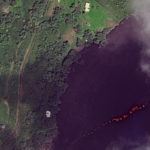
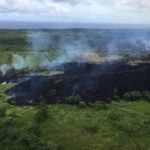
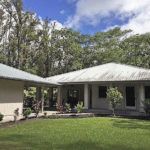
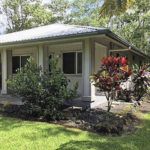
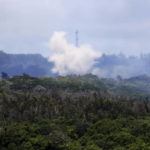
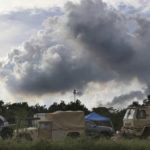

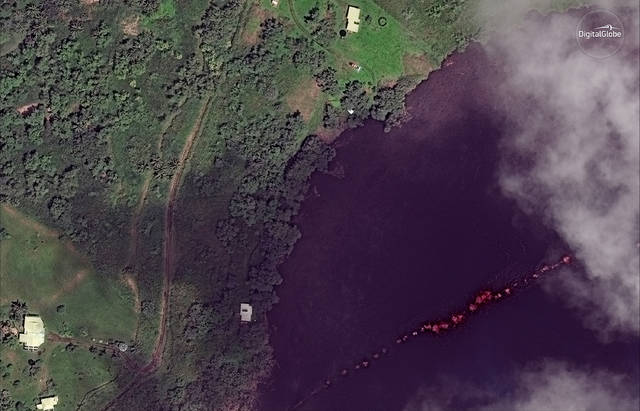
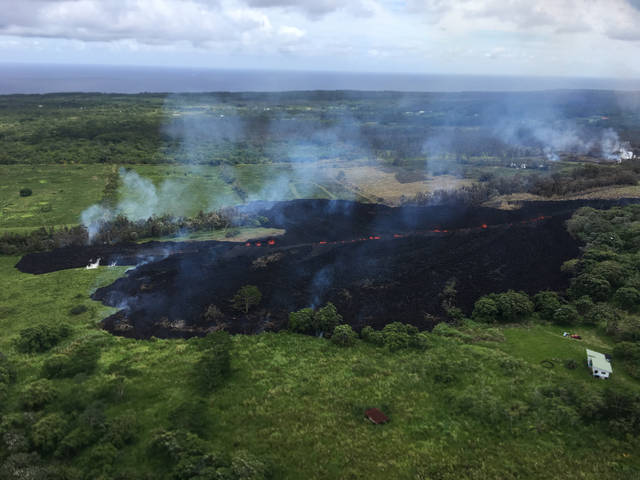
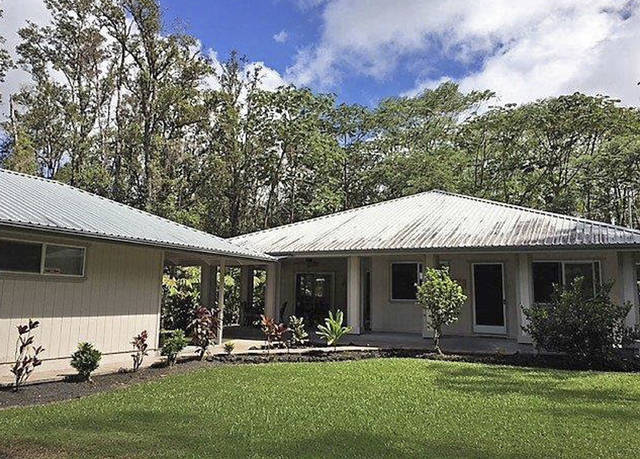
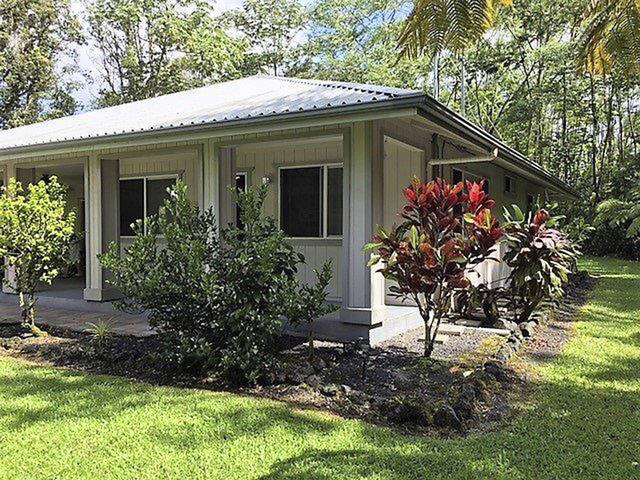
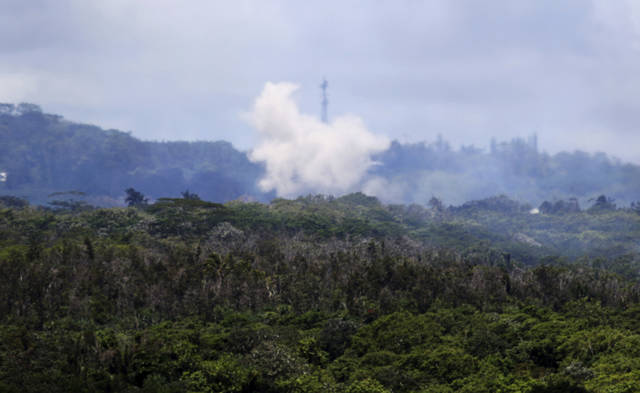
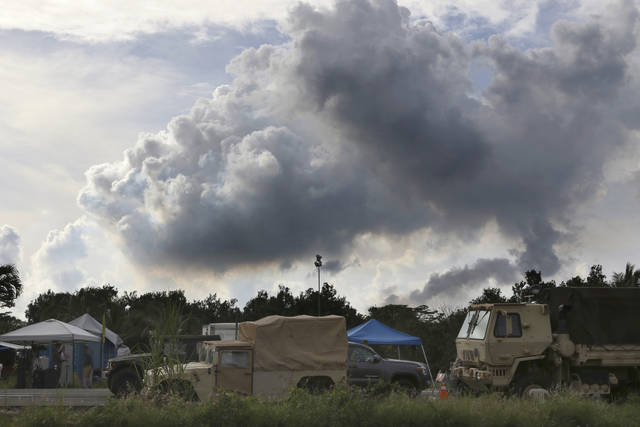


There you have it! “Few insurance companies will issue policies for homes in Leilani Estates because it is in an area deemed by the U.S. Geological Survey to have a high risk of lava.”
Insurance companies finding ways not to pay is always going to be a problem! Scrambling to find coverage now is poor planning, the dice have been rolled already..